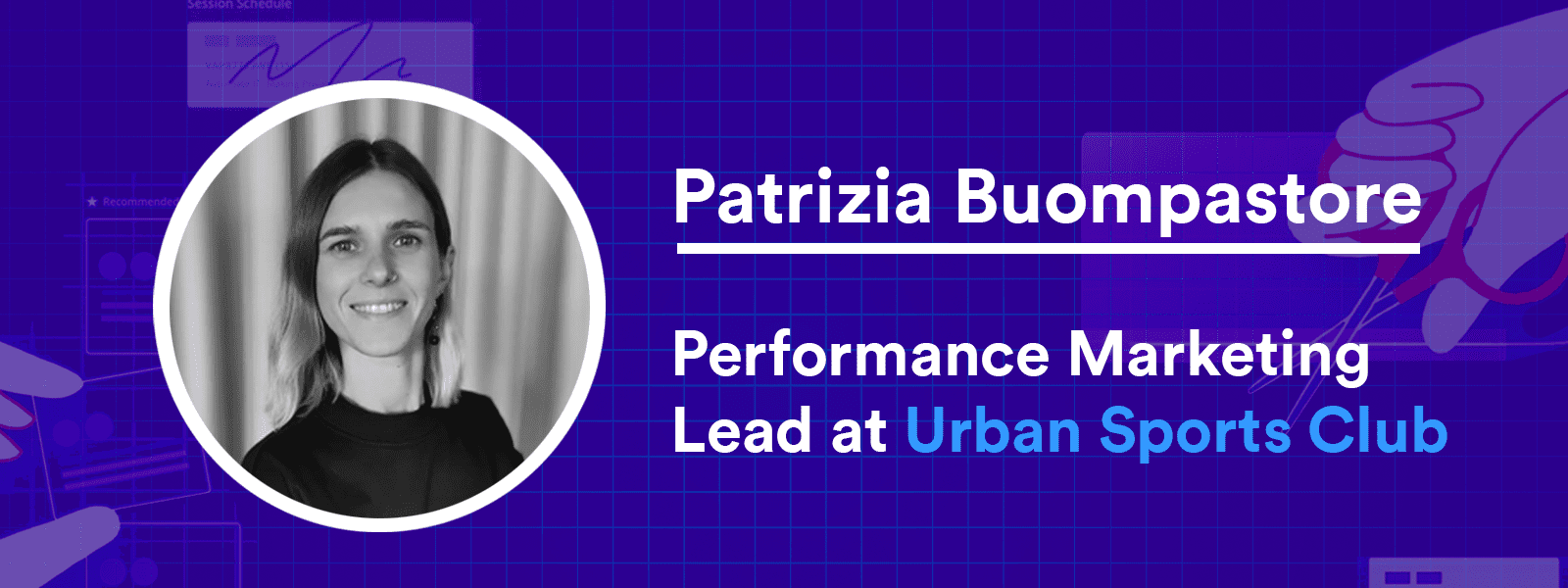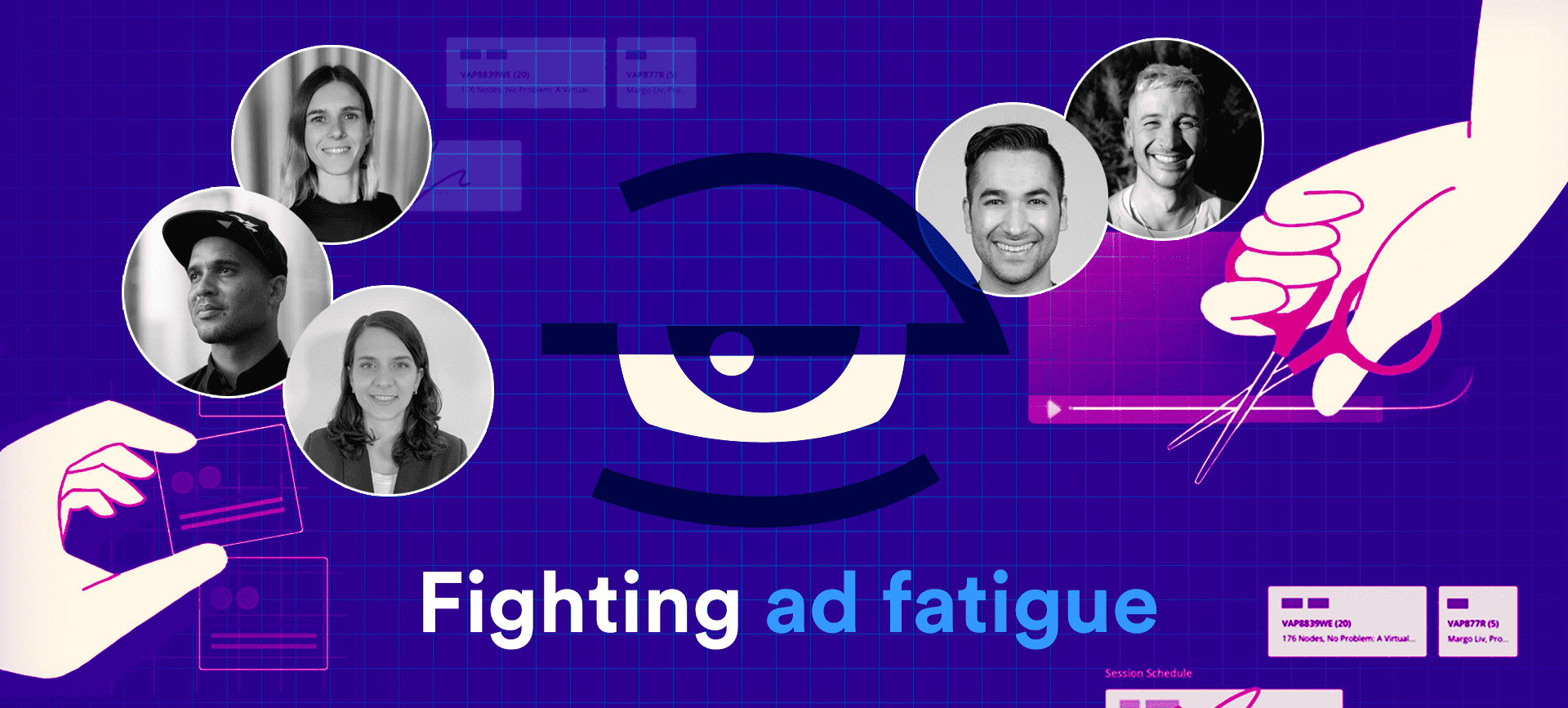Let’s face it. The market is oversaturated. According to StoryBrand’s Donald Miller, a person is exposed to at least 3,000 marketing messages per day. HubSpot defines this as a reason for ad fatigue, which occurs when your audience becomes tired of seeing the same uninspiring ads, less targeted at them specifically, and seemingly aimed at a mass audience. Not only that, some ads are never replenished, and consumers end up overseeing these, making them indifferent. This damages a campaign’s efficacy, because it halts users from moving down the sales funnel.
So, how do you spot ad fatigue?
How do you measure boredom and apathy? How can you tell if your target audience is not engaging with your ads? Well, one of the first things you will notice is that your results start to stagnate: Cost-per-click is rising while the click-through rate is falling. You increase your ad spend but the needle still isn’t moving as much as before.
Ad fatigue, however, is not limited to the audience growing tired of your ads and not clicking on them anymore. We’re also seeing ad channels increase the cost of impressions to penalise advertisers for using the same digital creative asset for too long. Facebook has an algorithm which establishes if the public has seen the same image or video too many times.
How can you avoid hitting this wall, or how do you overcome it? Creative refresh is most often the answer. To have a constant rotation of your ad creatives will undoubtedly benefit your campaigns: you can repurpose, recycle or reshuffle various elements to give them a new context or attract a different audience.
Read more to find out how to do this and about how others in digital marketing are combating ad fatigue.
What is ad fatigue and how does it happen?
> Ad fatigue occurs when your audience sees your ads so often that they become bored with them and stop paying attention.
> Some ad channels increase the cost of impressions to penalise advertisers for using the same creative for too long.
> The reasons can lie in ad fatigue due to wrong campaigns set-up, wrong audience, low budget, lack of ad rotation, poor ad creativity, lack of testing or ad refresh.

“Creativity is a key but it’s also important to understand the momentum and ask yourself, ‘When is the right time for a refresh?’ You need to be fast, but not fast enough to have collected enough signals for a creative asset to be replaced before they have reached their performance peak.”
Patrizia Buompastore, Performance Marketing Lead at Urban Sports Club
Rescuing your target audience from ad fatigue
Creative refresh does not necessarily mean complete and radical change of creative assets only. Even a small change, such as a new Call to Action, a resize, new formatting or piece of localised text can make a difference. This refreshing process can be achieved rather painlessly with Creative Automation, as you swap out the elements needed to update the creative asset and give the campaign a new lease of life.
Storyteq is a fast and easy way to quickly update the digital creative assets with no need to involve further professionals in the process, obtaining new ad creatives within seconds. But the first important step to take is to analyse your data. A deep analysis will tell you where actions need to be taken.
Testing optimisation can be implemented at different levels:
- Change your campaign objective: It can help you find what works for you best. When it comes to Facebook, for instance, a reach and frequency campaign can help you set a lower ad frequency and avoid ad fatigue.
- Analyse your audience: Your campaign might have reached audience saturation or is experiencing ad overlapping. Most platforms offer internal tools for a deeper analysis.
- Optimise your visuals: Running many versions of your ads, replacing offers, design, images and Calls to Action, will help you understand what works best for your business and what is more appealing to your customers.
- Diversify your ads: Running different ad formats, coming up with new concepts, diversifying the ideas, and testing new custom audiences are some of the ways to go. Creativity is key here.
- Go dynamic: Dynamic ads will help you to increase the variety of the creatives which you are running in a very easy and fast way. Implementing a dynamic feed can be tedious but in the long run, it will make your life easier.
- Tap into holiday themes or news-jacking: These opportunities make your ads more relevant or topical. It’s a great way to spice up your ads.
Case in point: The Urban Sports Club approach to fighting ad fatigue
At Urban Sports Club, their purpose is to inspire people to live a healthier and more active lifestyle. For this reason, they want to make sure that their ad creatives are inspiring and dynamic, just like our mission.
In the performance marketing team, we have our own creative hub. This is the space where we sit together and brainstorm about campaigns’ performance, to learn from the past and implement the learnings into our future campaigns.
This approach includes working closely with the brand and design team. They work on new concepts and ideas, which will later be adapted to the specific performance channels since these have special requirements: they need to drive performance. We have a proper creative process in place, and this has allowed us to tackle one of our most successful campaigns.
We came up with a whole plan in different phases. The intervals between the phases were based on data analysis – the time to avoid ad fatigue. We have uploaded and scheduled the creative batches, which included many different formats and visuals, including dynamic ads. As a result, we have a constant click-through rate and outstanding results in terms of ROI.
By analysing data and understanding the momentum, we have been able to refresh the creatives across all channels, to maintain consistency and improve performance.
“Competition for eyeballs and attention is fiercer than it’s ever been.”
Siraaj Petersen, Head of Creative at Recruitee
Tap into hyper-personalisation: The Pathé Cinemas example
Hyper-personalisation is another cool tactic you can use to combat ad fatigue as it doesn’t require too many resources once you’ve set it up.
For example, we previously worked with Pathé Cinemas to drive visitors to the movies during winter. The ad message and visuals would dynamically change based on the temperature or weather conditions outside. This gave us hundreds of variants of our ad that were most relevant to our target audience.
We never thought of ad fatigue as the primary reason for doing it this way but it turned out to be a happy accident and a great way to combat that in a way that did not require a lot of time and resources.

“If you have processes in place that guarantee a regular output of new creative assets, this allows you to respond to changes in an ad campaign’s performance more quickly.”
Jonas van de Poel, Head of Content Marketing at Unmuted
How Unmuted preempted ad fatigue
At Unmuted, they believe it’s important to check in on your performance reports regularly. This helps you identify signs of ad fatigue as soon as possible, and lets you switch up ad creatives when necessary.
- “What kind of design teams do you work with? Are these in-house or external?”
- “What type of access does your advertising team have to these designers?”
- “And how skilled are they at designing creative assets themselves?”
All these questions need to be factored in before you can decide on the best way to plan for creative re-fueling. And then there’s the question of what type of ads you’re running – how cold are the audiences you’re targeting, and how prone does this make them to ad fatigue?
Things to consider to combat ad fatigue:
> Recognising ad fatigue can be tricky but there are a few signals to look at during a campaign’s performance cycle. For instance, it’s important to look at engagement and performance metrics.
> To have a constant rotation of your ad creatives will undoubtedly benefit your campaigns: you can repurpose, recycle or reshuffle various elements to give them new context.
> Testing optimisation can be implemented at different levels to combat ad fatigue: changing campaign objectives, analysing your audience, optimising your visuals, diversifying your ads and going dynamic.
> Storyteq is a fast and easy way to quickly update the digital creative assets with no need to involve further professionals in the process, obtaining new ad creatives within seconds.

“While you want to avoid repetitive retargeting, one of the most effective ways to cure ad fatigue is to generate new creatives periodically.”
Cosmina Bisboaca, Social Media Specialist at CarNext.com
Key takeaways
- A combination of increasing Cost-per-click and decreasing Click-through rate is considered a solid way of determining ad fatigue. If your ad also has a high frequency, the diagnosis is almost certain.
- If you run the same ads for an extended period of time, your distribution will be slowed down by the Facebook algorithm in the first place. You want to acquire more traffic and reach out to the widest possible audience out there, so creative refresh is highly recommended.
- Periodic testing and optimisation will anticipate ad fatigue but will also be beneficial to the overall campaign performance.
- Dynamic ads will help you to increase the variety of the creative assets which you are running in a very easy and fast way.
Wrapping up
If your campaign is suffering from ad fatigue, be assured that the above suggestions should wake up your audiences. One of the best ways to do this is through creative refresh. There is a wealth of richness in your existing creative assets, but they need to be adapted specifically to your many audience types.
While these adaptations and versioning tasks can take time, Creative Automation exists to remove this repetitive work and lend more opportunity for brainstorming new ad creatives which will surely hold precious consumer attention.
“When you create new ads, it’s important to list the emotions behind your product’s unique ‘aha’ moments.”
Ilya Gaidarov, Head of Marketing at Clearedin
This is a reworked piece, originally written by former Storyteq content writer, Andreea Serb. These interviews were lightly edited and condensed for clarity.
